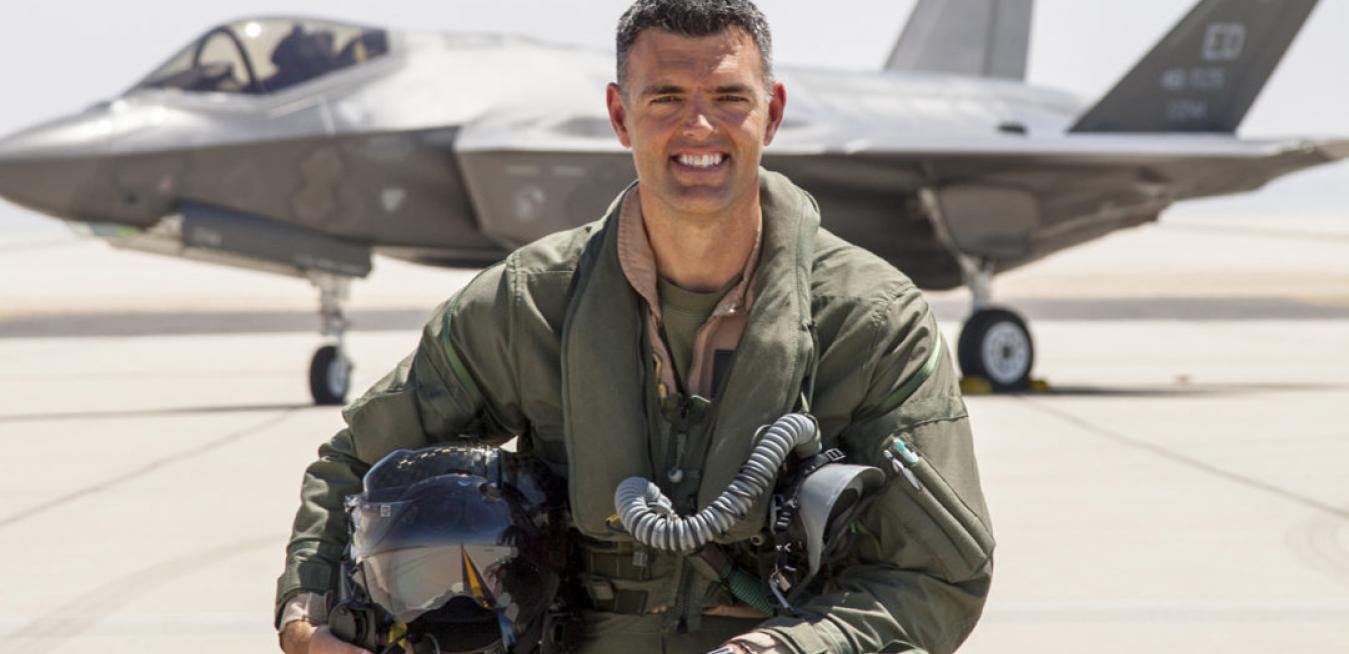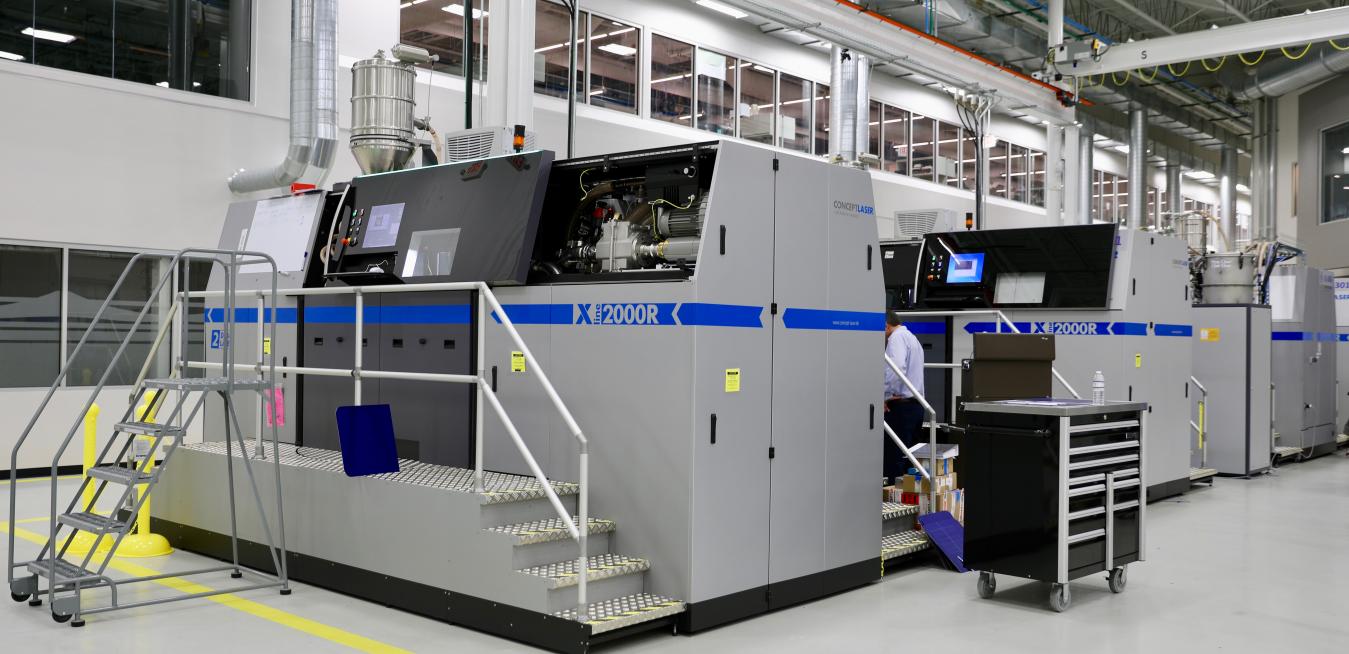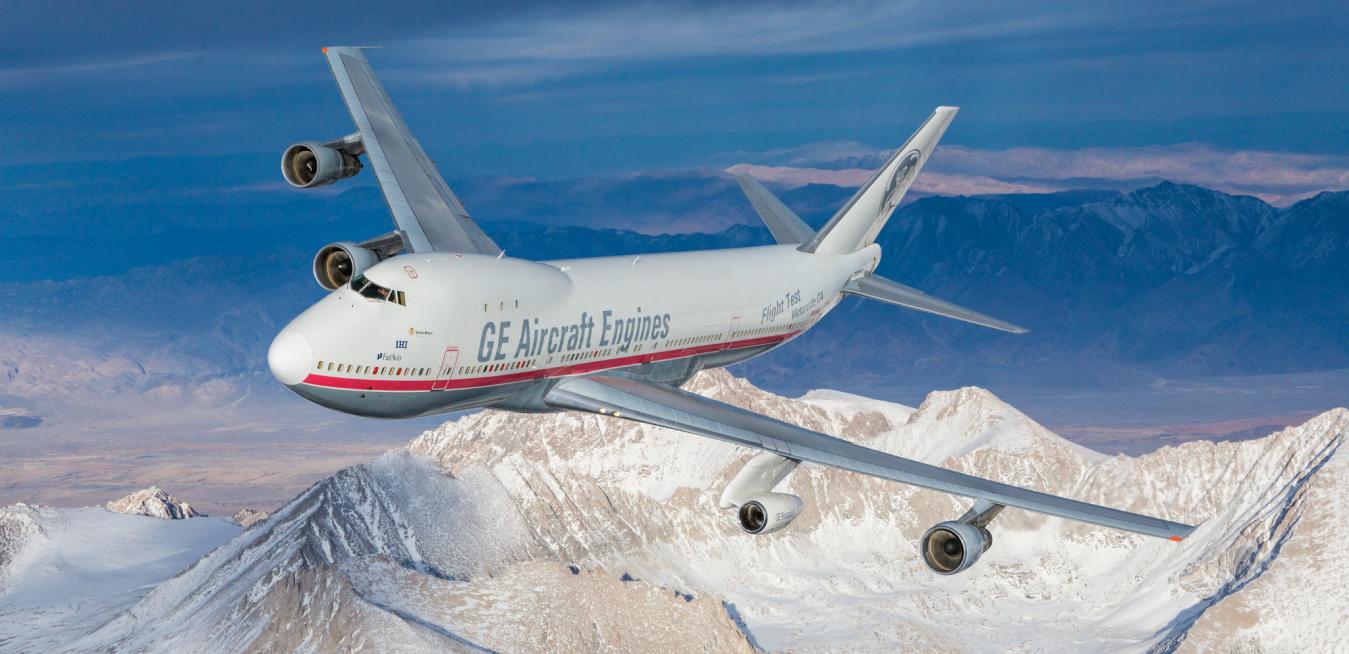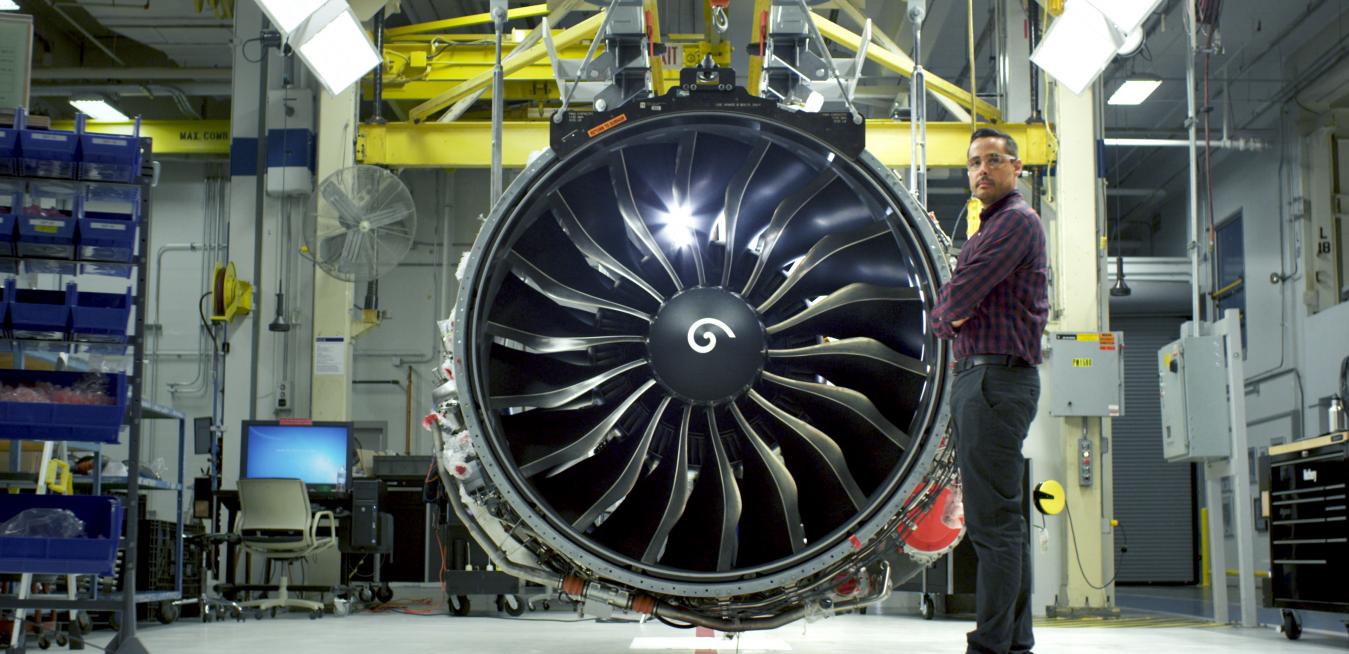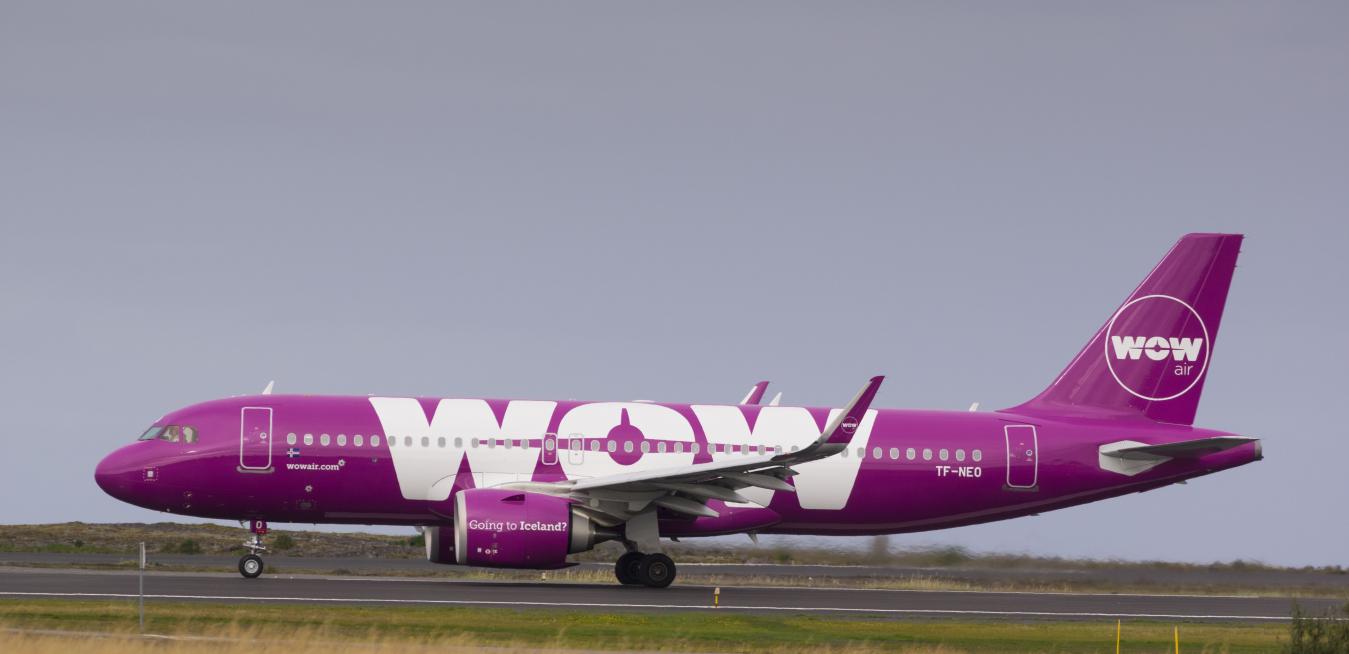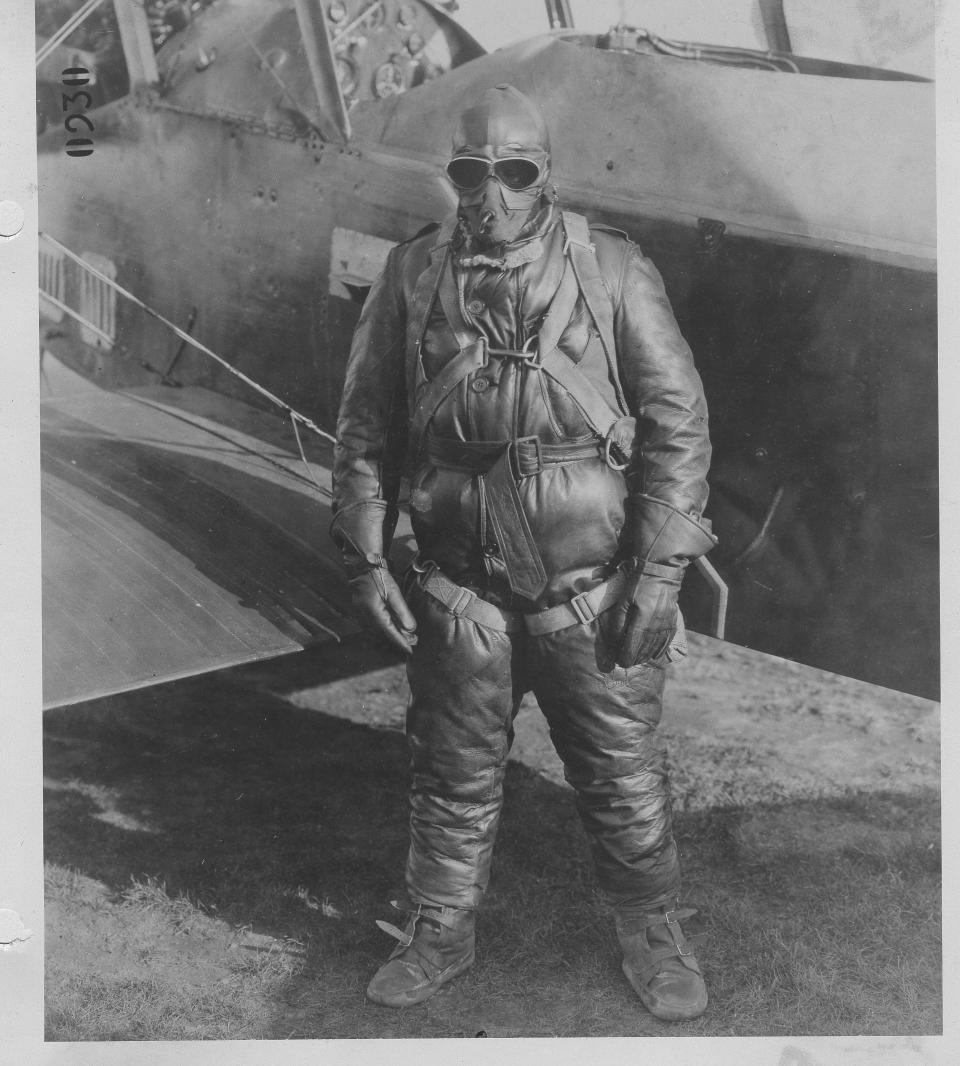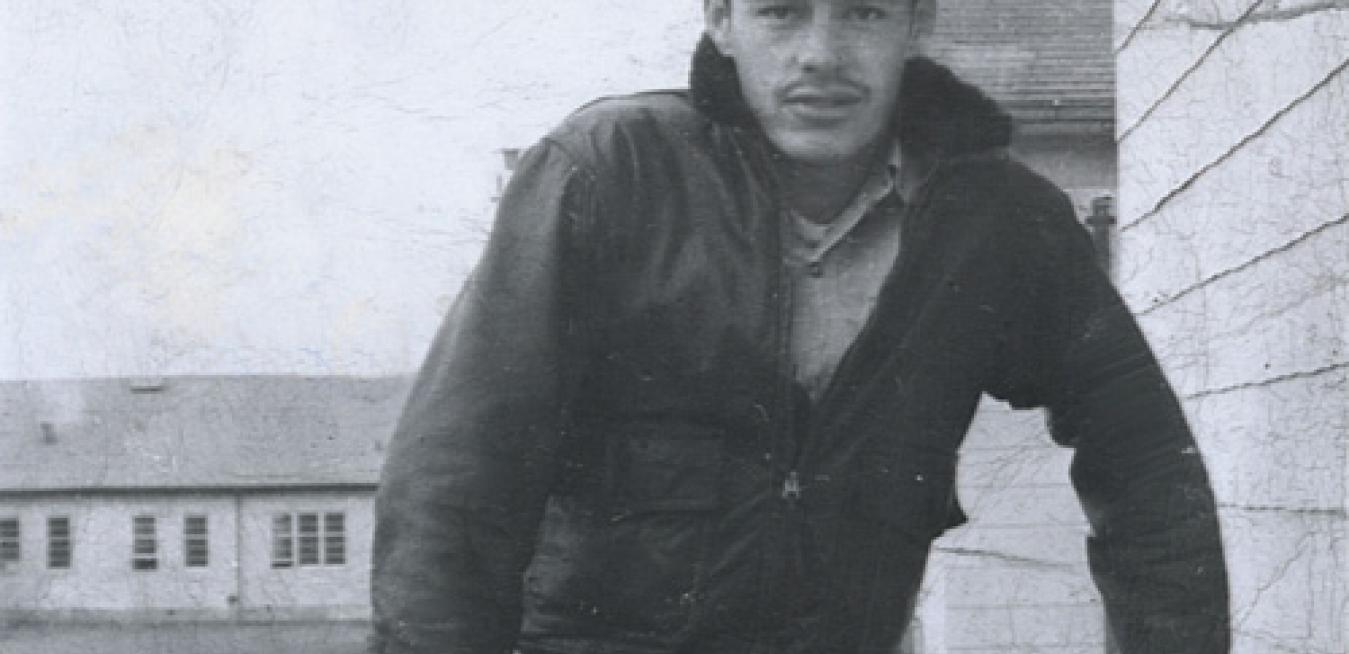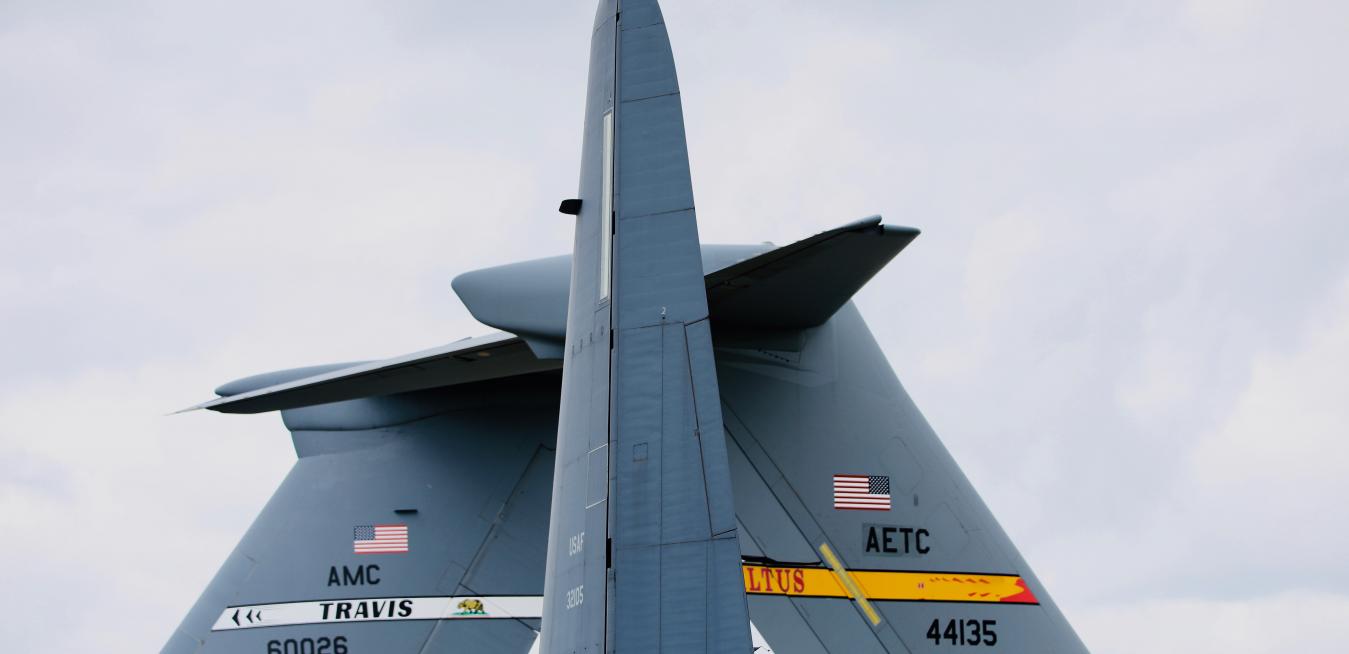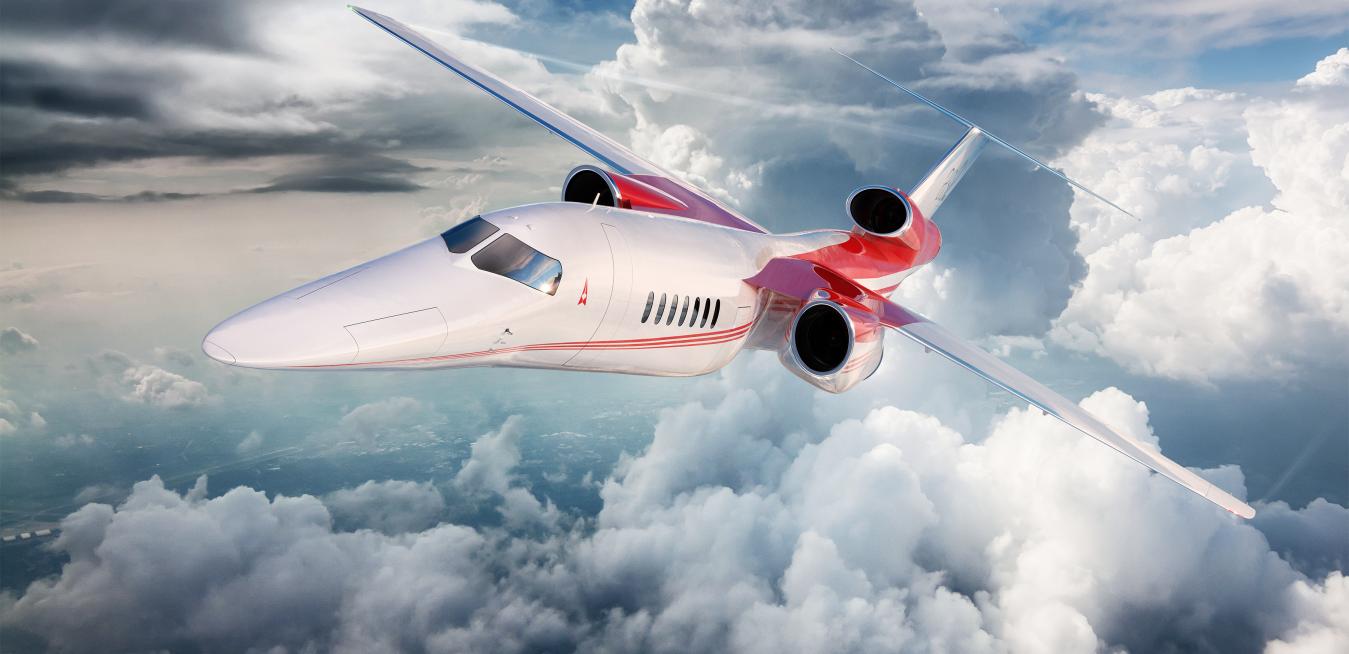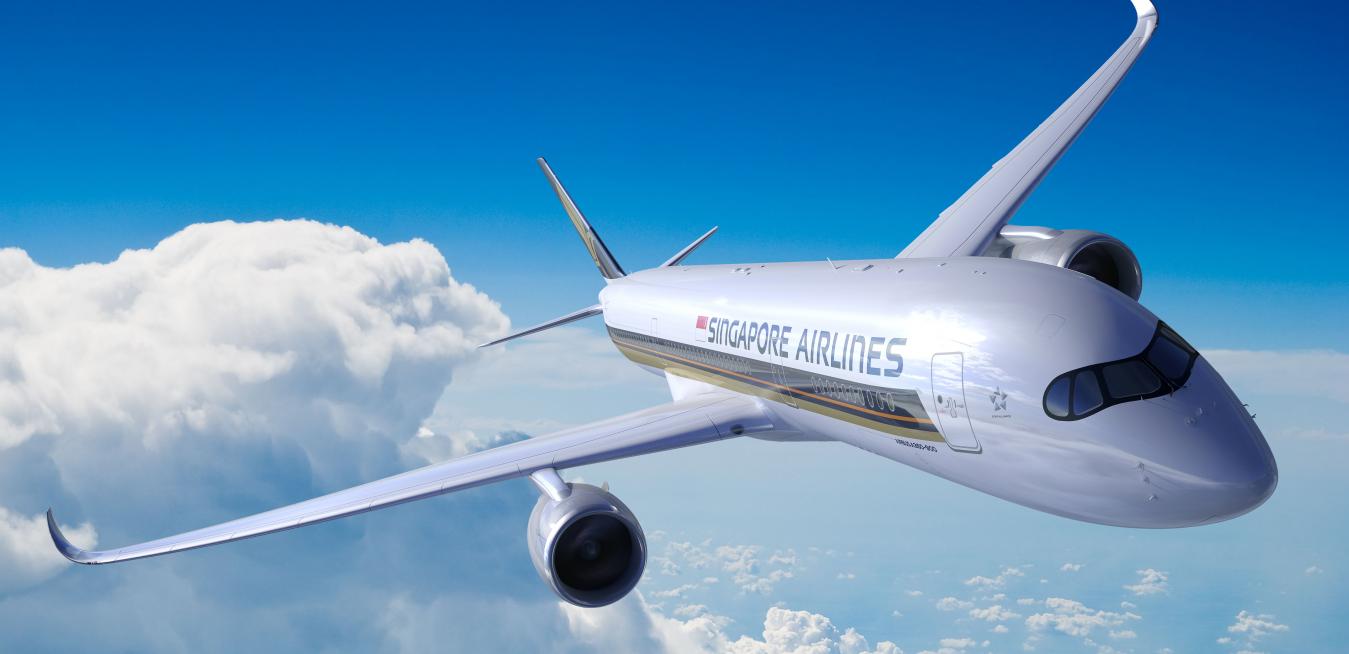If you asked most kids in the 1980s, "Are you an Alan Shepard or a Chuck Yeager?," many would pick America’s first astronaut over the test pilot who became the first human to fly faster than the speed of sound. But from the moment Jon Ohman saw "The Right Stuff," the movie that chronicled America’s race into space, he knew: He was a Yeager all the way. “That movie introduced me to the mystique of test pilots,” Ohman says. “It made me realize as a kid that the world of flight test is where I wanted to be.”
Mark Twain allegedly claimed that when the end of the world came, he wanted to be in Cincinnati “because it’s always 20 years behind the times.” The quip is funny, but his strategy to ride out Armageddon in the Queen City would backfire today. A case in point is GE’s Additive Technology Center located along Interstate 75 as it bisects the northern suburb of West Chester Township. From the outside, the building looks like many of the low, gray boxes in this industrial area.
The history of GE and modern aviation are closely linked. Few symbols embody the connection more than the original GE flying testbed, a 49-year-old Boeing 747-100 that served as an airborne lab for engineers testing generations of new jet engines. The plane, the last operating model of the first variant of the iconic 747 jet, made its final flight earlier this month.
Reykjavik in January isn’t the cheeriest place. Darkness reigns for most of the day — the sun rises at 11 in the morning and sets just five hours later. The temperature hovers around freezing, and rain is frequently in the forecast. Earlier this year, 200-some souls waited at Reykjavik’s Keflavik airport to swap the dank twilight for California sunshine. But the plane that had been scheduled for their flight was out of service, and officials were weighing their options.
Last weekend, the world remembered 100 years since the end of World War I, a conflict that changed the map of Europe and left an estimated 17 million people dead. But amid its devastation and disruption, the war also accelerated the rise of new industries like aviation.
